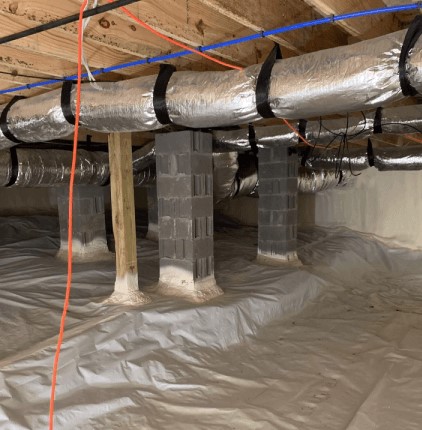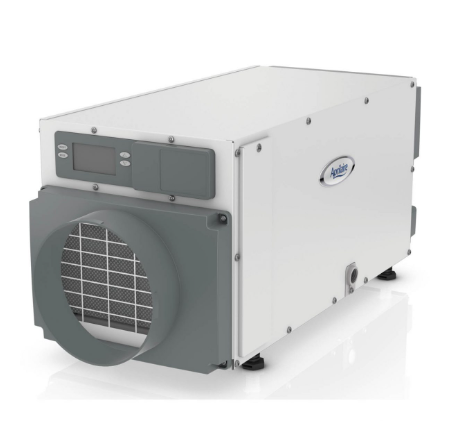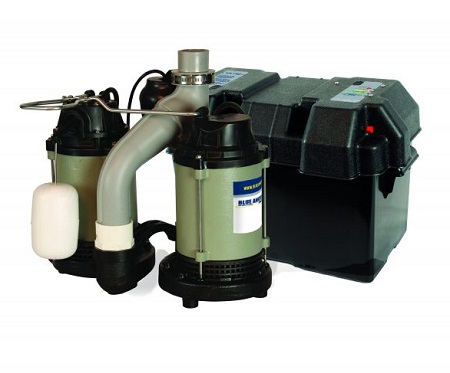Are you afraid of your crawlspace?
Many homeowners are unsure about the area under their home and sometimes that can be a problem. Crawlspaces can be a perfect place for small animals and rodents to call home. They also can be damp and moldy creating future issues such as, unlevel floors, rotted joists, and standing water. Did you know that, because of the stack effect, the air in your crawlspace rises to the other areas of your home and often times creates a low indoor air quality?
What can be done?
Crawlspace Encapsulation is the answer!
For most crawl spaces, we:
- Install a high-quality insulation vapor barrier liner onto the floor of the crawl space. This liner will not break down due to pests and/or debris.
- Create a slope to a sump pump
- Close off all outside ventilation
- Insulate the rim joists and wall of the crawlspace with closed cell polyurethane foam.
- Dehumidify the space with a dehumidifier
In a flood zone or dry, warm area:
- Install a high-quality insulation vapor barrier liner on the floor of the crawl space.
- Insulate the floor including the rafters
- Ensure the space has great ventilation to the outside



Removing the moisture from your crawlspace and basement is an important step to achieving better air quality for the rest of your home.
Installing a dehumidifier and sump pump together will ensure that the air is controlled and that mold and mildew cannot grow.
A combination of moisture, mold spores, and organic material, such as wood, allows for mold to take over and cause a musty mildew smell.
Your crawlspace or basement should be below 60% humidity to prevent mold and mildew from growing so that is why decreasing the moisture is so important.

